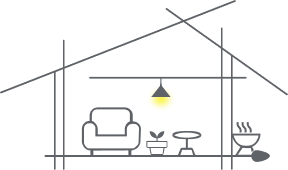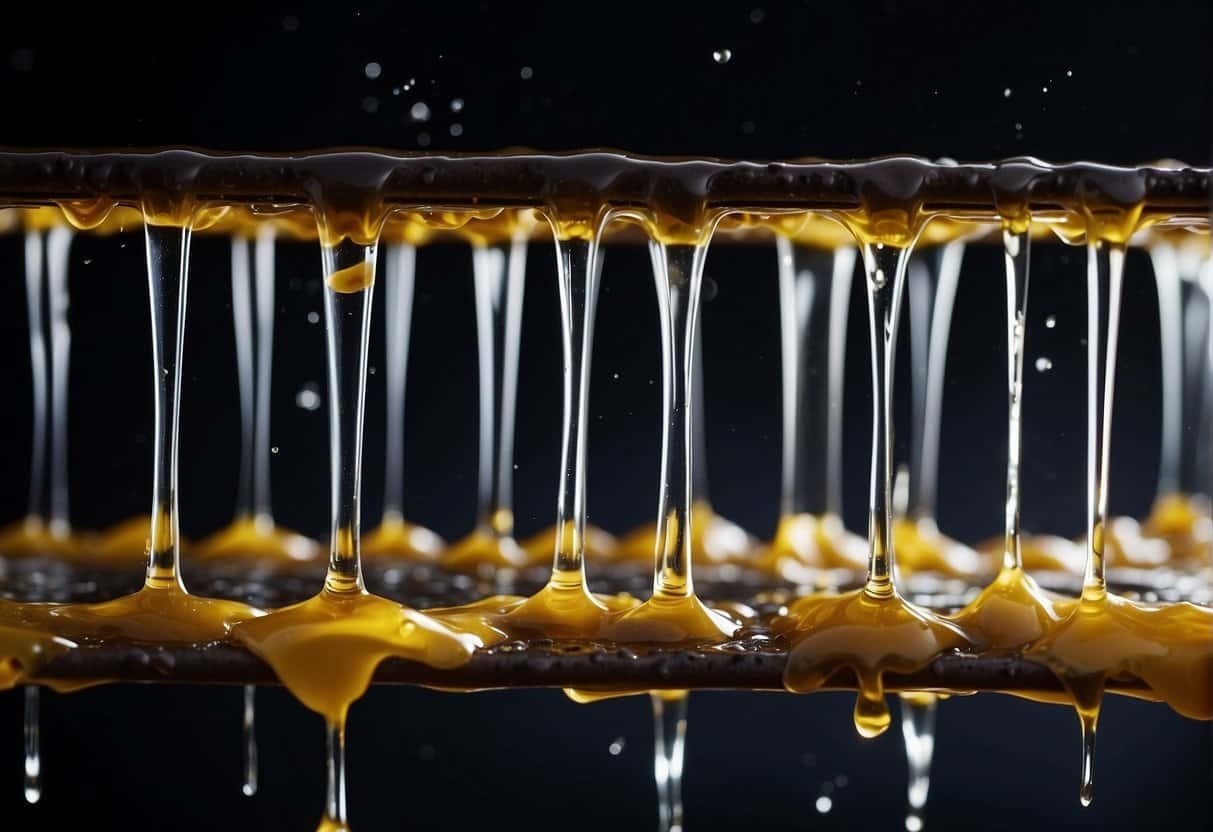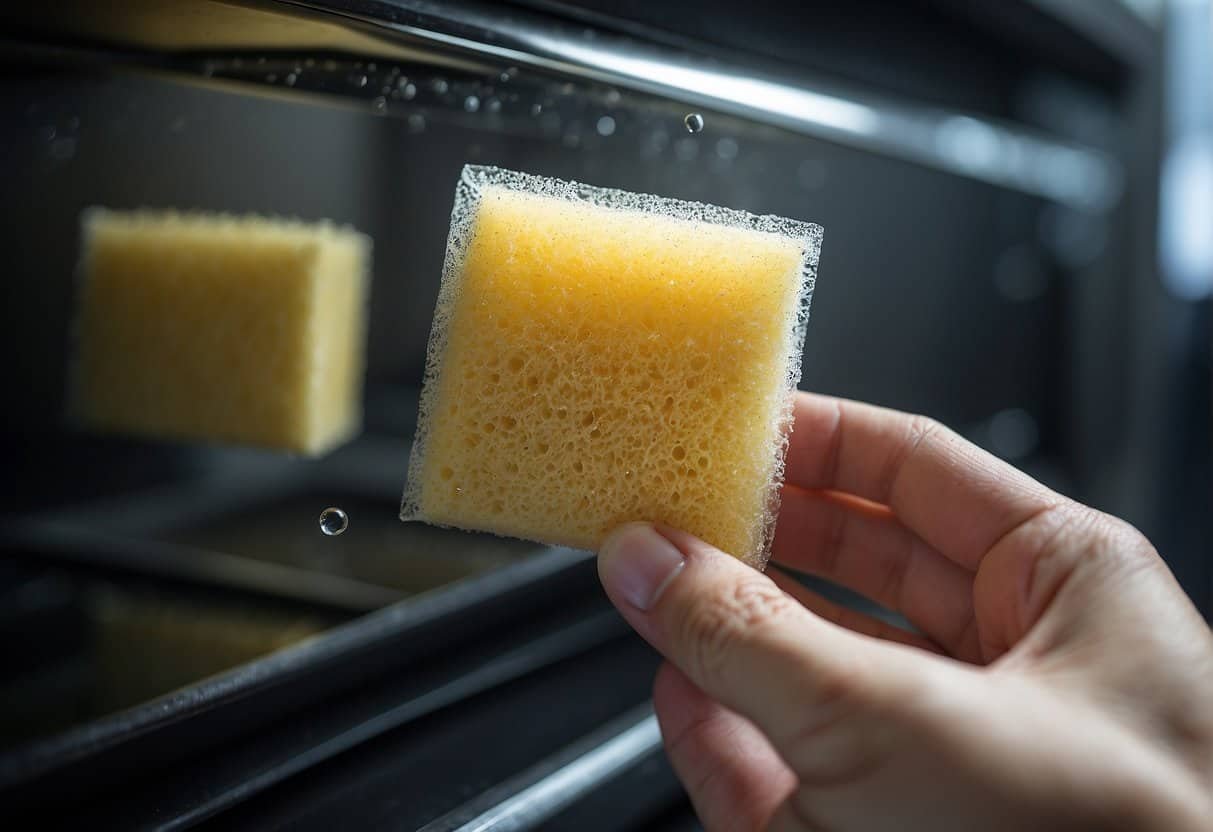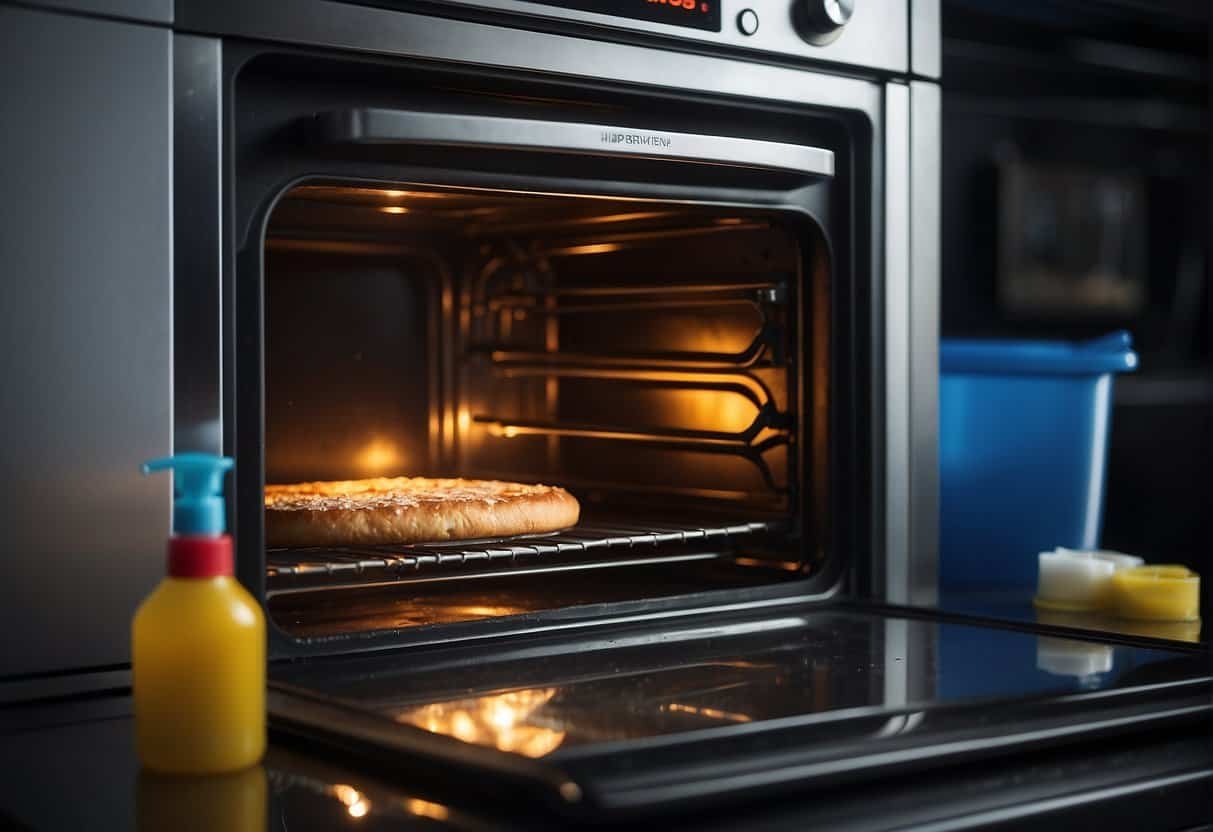Table of Contents
It’s amazing how a 250-year-old invention like the P-trap continues to be essential to the modern home. So, do washing machines need a P-trap too?
Washing machines need a P-trap because they drain into the sewer or a septic tank. This device is a U-shaped pipe with water in it at all times, and this water forms a seal between your home and the sewer line fumes.
This article dives deep into the relationship between P-traps and washing machines. By the end, you should know what a P-trap is, its purpose, and whether or not your washer needs one.
No P-Trap on Your Washer? What To Do
The P-trap is so essential to your home’s drainage system that most building codes require it. P-traps help to protect you and your family from dangerous sewer gasses. Otherwise, those gasses would rise through your washer’s drain line and into your home.
There are two different types of P-traps, and each has its own set of benefits and drawbacks. The most common is the traditional P-trap, which is easy to install and inexpensive. The second type is the cleanout P-trap, which some codes require.

P-traps can be made of different materials and come in different shapes, but they all serve the same purpose: Keeping dangerous sewer gasses from entering your home through the washer’s drain line. (Source: The Family Handyman)
If your washing machine doesn’t have a P-trap, don’t worry. They’re pretty easy to install. The most important thing is to make sure the P-trap is installed before the washer machine is connected to the drain line.
Follow these steps to install a P-trap on your washing machine:
- Measure the pipe sticking from the wall. If it’s 1 1/2 inches (3.8 cm), you’ll need a 1 1/2-inch (3.8 cm) P-trap and pipe.
- Measure and cut the standpipe. Make sure the measurement complies with your local building codes. If in doubt, consult a professional plumber.
- Apply purple primer to the pipe in the wall and P-trap female fitting. Avoid clear primers because inspectors want an easy-to-see primer.
- Apply glue to the male and female sides. Start with the female fitting first.
- Install the female fitting. Use a level to make sure the fitting is perfectly level. Get this wrong, and you’ve ruined the entire project.
- Install the rest of the standpipe. Repeat the gluing process as above on the P-trap and standpipe.
- Insert the washer drain to complete the setup.
Here’s a YouTube video for a demonstration of how to install a P-trap in your washer:
If you don’t feel confident about installing a P-trap on your own, you can always hire a professional to do it for you. Expect to pay anywhere from $50 to $200 for the service, though. Note that the cost can go up if issues such as a clogged drain pop up.
Also, the correct standpipe height for a P-trap is between 18 and 30 inches (46 to 76 cm), depending on your local codes.
In any case, the P-trap must be level so water can flow freely from the drain hose. If it’s too sloped, the water won’t form the seal. It’s also important to apply the primer and glue as directed to avoid leaks.
Tip: Read my article here on how long a washer drain hose should be, and how far away you can install it from the machine. I also wrote about whether or not you can run a washer drain outside.
You should clean the P-trap every few months. This will help remove the hairs, strings, and other debris that may cause odors and clogs.
To clean the P-trap, here are tips to remember:
- Remove it from the drain hose and sewer line, then flush it with water.
- If you notice rust in your P-trap, use a wire brush to remove it. You may also need to replace the P-trap if it’s damaged beyond repair. I like to use a water hose with a spray nozzle attachment to clean my P-trap. This does a great job of removing any build-up in the pipes.
- If your P-trap is blocked, you can unclog it with a wire or stick. Just be careful not to damage the P-trap in the process. That said, a blockage usually isn’t a problem since most washing machine P-traps don’t handle as much solid debris as the kitchen sink drain does.
If you want to buy a P-trap cleaner you can use for any other pipe in your home, I recommend the liboyixi 6 in1 Drain Clog Remover Tool (available on Amazon.com). As its name suggests, these tools can be used for other places that use drains like kitchen sinks and bathrooms.
Also, they don’t contain any harmful chemicals, ensuring that the environment stays safe no matter how much you use these tools.
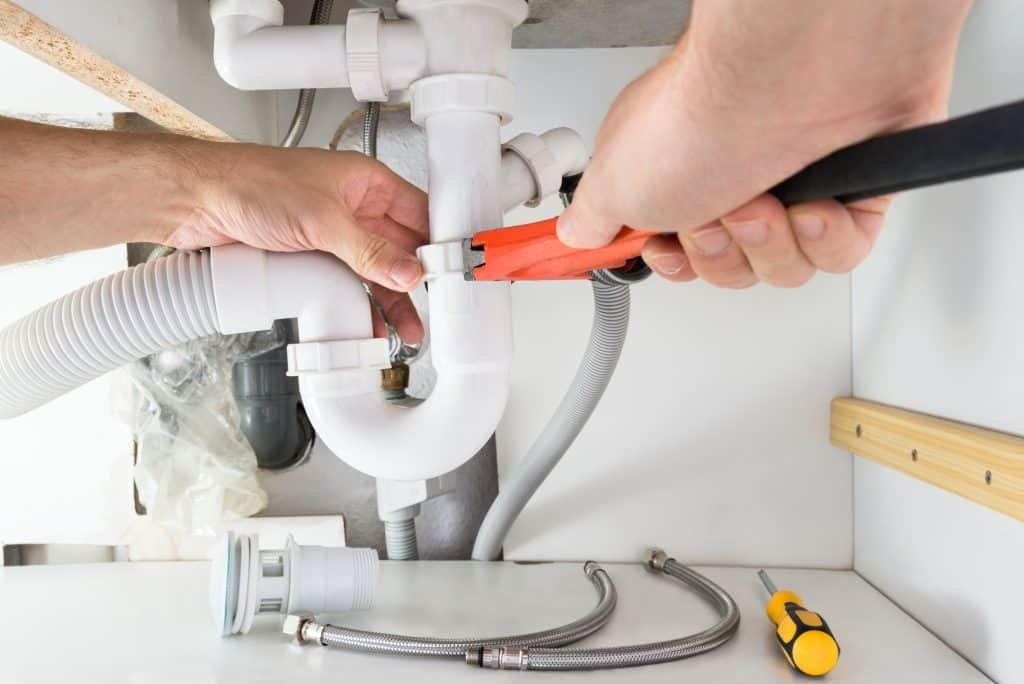
A new P-trap isn’t that expensive, so you can always replace it if you’re having trouble unclogging it. Replacing a P-trap is easier than a new installation, and you can do it yourself in minutes.
One decent P-trap I found on Amazon is the AYQWE Drain Pipe, 1-1/2″ P Trap Tubing, 7.6-16.5 Inch Drainage Pipe. Unlike other P-traps, you can easily adjust the length of the pipe depending on your needs.
At the same time, the high-quality material ensures that this product will last relatively long, and it’s also fairly easy to install even for non-professional plumbers.
Do Washing Machine Drains Need a P-Trap?
Washing machine drains always need a P-trap. The P-trap prevents sewer gasses from entering your home through the washing machine drain. It also helps to keep small objects and debris from clogging up the drain.
P-traps are easy to install, and they don’t require a lot of maintenance. However, make sure the standpipe is at the proper height and that you clean it every few months. This will help keep your washing machine drain flowing smoothly for years.
The only thing that could go wrong is the leveling of the P-trap, which is easily adjustable. If you encounter any problems, don’t hesitate to call a professional plumber. They can help you troubleshoot the problem and get your washing machine drain working properly in no time.
Overall, P-traps are an important part of your washing machine’s drainage system. The idea is to install the P-trap on your washing machine properly and clean it regularly to keep it in good working condition.
